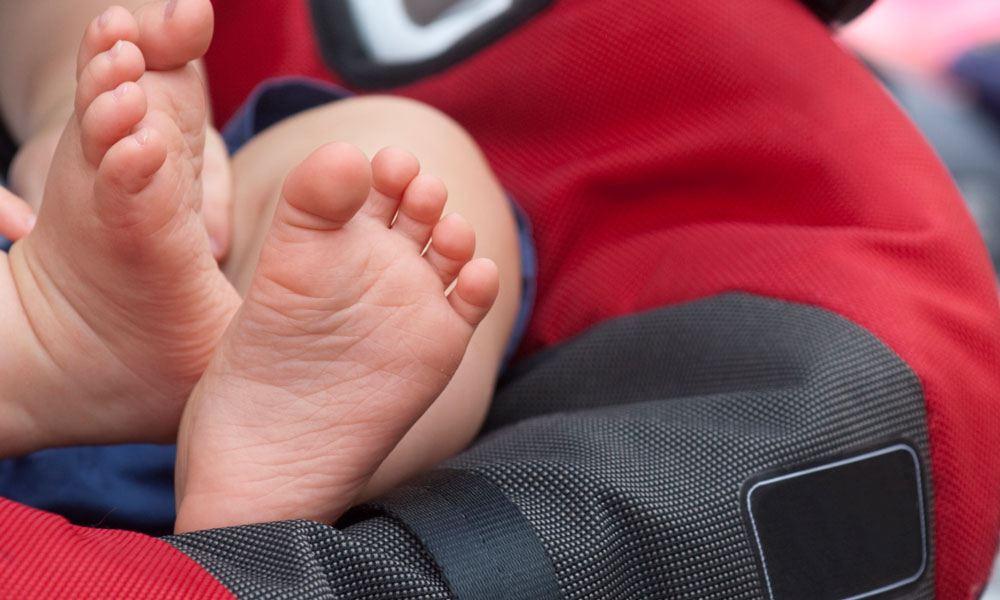
IATA Wants Uniform International Rules for Child Safety Seats on Planes
Citing a lack of uniform rules for the use of child restraint systems on planes traveling internationally, the International Air Transport Association has drafted proposed guidelines and is calling on airline safety regulators to put the recommendations into practice.
When traveling from country to country, certain policies and procedures can get lost in translation. A prime example: the confusion surrounding how children should be secured in planes.
Standards for child safety restraints onboard airlines differ from country to country, and now the International Air Transport Association is working on a uniform standard that would apply across international airlines.
IATA promotes the use of approved child restraint systems (CRS) to secure infants and children onboard aircraft. As the association explains, some countries refuse to accept CRS that have been approved in other nations. Therefore, passengers are sometimes not allowed to use their child safety seat when flying on a foreign airline; instead, they are told to hold children in their laps or place the children in their own seats with no restraint but the seat belt.
In an effort to clear up the confusion and ensure safe global travel for small children, earlier this month IATA issued its Guidance on the Safety of Infants and Children on Board [PDF]. The association will collaborate with the United Nations-run International Civil Aviation Organization to implement the recommendations across the board.
“The current lack of harmonized state regulations specific to child restraints systems interferes with the seamless use of passenger-provided CRS,” IATA stated in the guidelines. “A harmonized solution that enables and safely promotes the use of CRS for travel on board aircraft globally is required.”
Suzanne Acton-Gervaise, IATA manager for cabin safety, echoed the call for uniformity at an IATA safety conference last week, Yahoo News reported.
Achieving Harmony
IATA is seeking a standard that can be seamlessly integrated into airline operations.
“The responsible identification of a solution should be based on a strong data foundation and supported by a well-documented safety risk analysis,” IATA stated. “The comprehensive solution should be applicable worldwide and be practical, affordable, operationally realistic, feasible, and harmonized.”
Airline safety regulators must carry out the procedures on a global scale. First and foremost, IATA urges regulators to accept foreign-approved restraining seats, allowing airlines to accept passengers with the devices. The group also calls on airlines to list prohibited devices in their policies and to make clear when approved seats are permitted for use on aircraft.
“This harmonized solution is a complex one that could take some time to achieve as the regulators assess their current regulatory requirements and harmonize their regulations,” IATA acknowledged.
(iStock/Thinkstock)






Comments